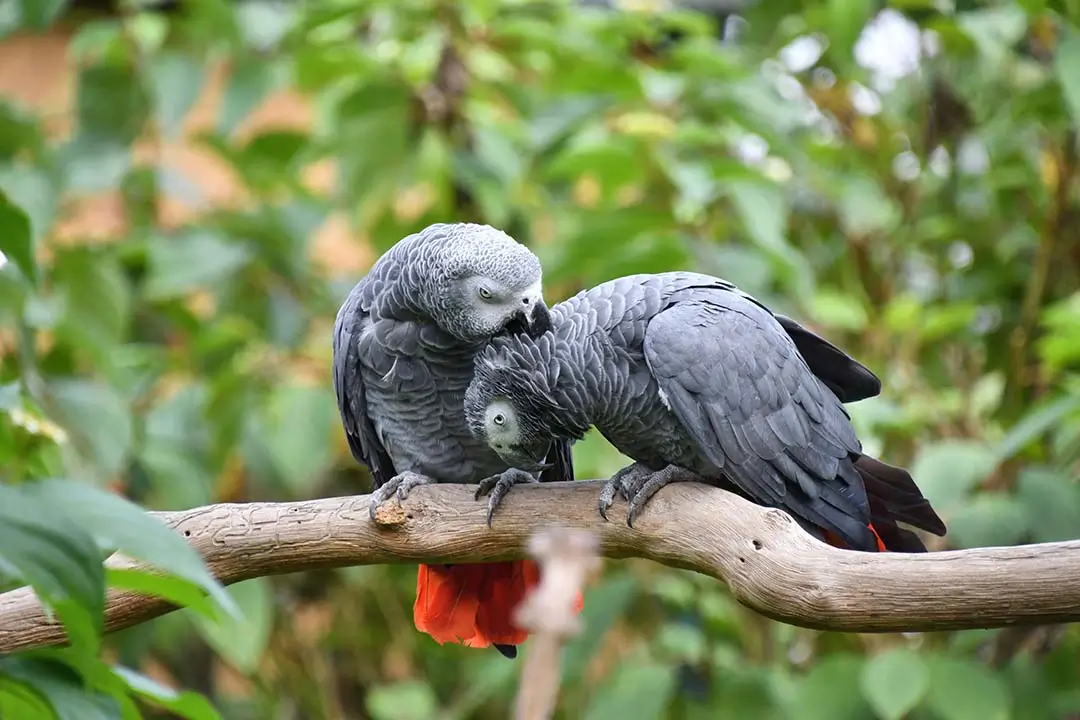
BIRDING IN
Kibale Forest National Park

BIRDING IN
Kibale Forest National Park

BIRDING IN
Kibale Forest National Park

BIRDING IN
Kibale Forest National Park
Kibale Forest National Park is located in Western Uganda and the forest is 775Kilometers , 45% tropical woodland, 40% grassland, 15% swamp vegetation. The most common trees are the Wild Rubber trees, Polita Figs which support fauna and flora. It is an outstanding forest for bird watching with over 275 bird species including Wood Picker, Africa Grain Hepista Red-chested Flufftail, White-naped Pigeon, Green-brested Pitta, African Pitta, Joyful Greenbul and others.
Bird watching in Kibale Forest National Park is done with the help of a guide as you do nature walks in the forest which allows you to spot so many of them. Kibale National Park has so many developed hiking/walking trails with the best birding spot being Bigodi wetland sanctuary where birders take visitors for a 4-hour walking trail. Four bird species in Kibale Forest National Park have been recorded in the park and haven't been seen anywhere in other national parks of Uganda and these are the blue-headed bee-eater, the masked Apalis, Nahan's francolin, and the Cassin's spinetail while migratory birds recorded here usually come between November and April.
Birding in Kibale Forest National Park is done throughout the year but the best time for birding in Kibale Forest National Park is in March April and May and also September, October and November these are rainy months when fruits and food are many in the forest and hence many birds to be spotted. Kibale Forest National Park is a rain forested park so it is necessary to carry appropriate clothing, a field guide book, field bag, and field clothing, binoculars, sunglasses, mineral water bottle, and insect repellent creams among others. Birding tours start at 7 am in Kibale Forest National Park at Kanyancu visitor center; you are given a birding guide and guaranteed of spotting a variety of bird species because guides are knowledgeable of the best trails to take.
The bird experience in the kibale forest national park, rewards a sight of number of bird species, some of which include; the Abyssinian ground - thrush, red faced woodland warbler, collared Apalis, brown - chested alethe, African grey parrot, Red chested owlet, Afep pigeon, Little Greenbul, western Nicator, crowned eagle, Scaly - breasted llladopsis, African grey parrot, yellow - rumped Tinkerbird, Blacked - eared ground thrush, dusky, crimsoning, Black bee eater, green breasted pitta , white - naped pigeon, crowned eagle, purple - breasted sunbird, Blue - headed sunbird, Blue breasted kingfisher and many others. Others include white collared olive, papyrus gonolek, papyrus canary, Cameroon somber greenbul, African- pied wagtail, brown eared woodpecker, zebra waxbill, blue-throated roller, African dusky flycatcher, blue-throated roller, black-billed weaver, yellow-rumped tinker bird, blue breasted kingfisher, chubb's cisticola, black-capped waxbill, Africa shrike flycatcher, African black-headed oriole, African emerald cuckoo, African green pigeon, black-headed oriole, African jacana, African pitta, Abyssinian proud thrush, crowned eagle, dusky crimsoning, collared Apalis, black bee-eater, yellow spotted nicator, little greenbul, brown chested Alethe, black-billed turaco, black and white shrike flycatcher, barn swallow and ash flycatcher among others are recorded in Kibale Forest National Park.
Bigodi wetland sanctuary is another birding site where bird watching is carried out in Kibale forest national park. The sanctuary nears Kibale forest national park just 40 kilometers from fort portal town. There are about 200 bird species that are resident to the Bigodi wetland, these include the famous great blue turaco, brown chested Alethe, collared Apalis crowned eagle, spotted barbet, western nictor , Blue breasted kingfisher, collared Apalis, African pitta, the green breasted pitta and many others.
Birding in the wetland takes about 3 hours, walking along the wood walks ways above the water through the bird sites. Bird watching in Bigodi wetland sanctuary begins as early from 7: 30 am to 9 am, or from 3 pm taking 3 hours. Bird watching in Bigodi wetland sanctuary can begin at any time of the day depending on the interest of the birders. Birding in the national park is best done during the dry season, when the trails are easily accessible and the birds are easily spotted and seen. Migratory birds are seen during the months of November to April. During the fruiting season, there are a number of birds that can easily be spotted in the national park. This is during the months of September, November, March and May. This is doesn't take off the fact that bird watching is available whole year in kibale forest national park. Carry birding equipment's such as cameras, binoculars, scoping scope, field guide and a check list.
The road transfer to the park can take up approximately 5 hours using the Mityana Mubende road, covering a distance of 309.5km. Using the Masaka route, the road transfer to kibale forest national park, takes 6 hours covering a distance of 390.1 kilometers. The longest route is using the Hoima - Kyenjojo a route that takes up to 6 hours and 42 minutes driving a distance of 400kilometers. By air, transfer with chartered flights can be the most convenient and organized way to reach kibale forest national park. A charter flight can be taken from Entebbe international airport to Nyakisharara airstrip 75kilometers from fort portal taking only 1:15 hours. Air transfers to the national park are the quickest means to reach Kibale forest national park.
Our Experts are ready to provide answers
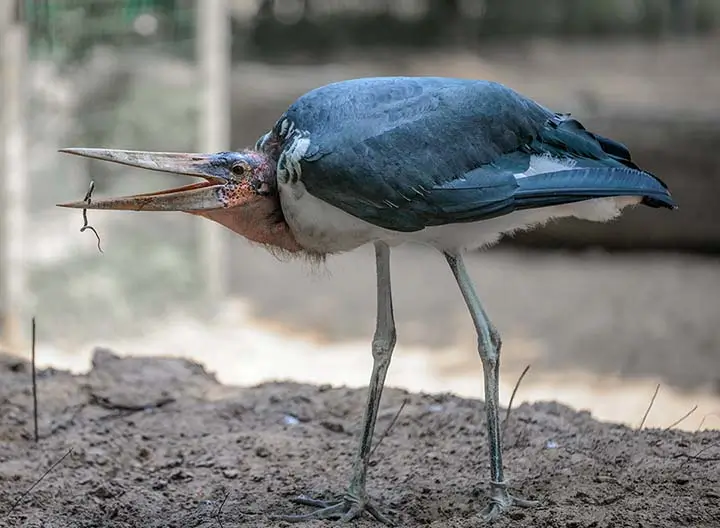
Ajai Wildlife reserve has several bird species and they include Shoebill, the Black-rumped Waxbill, Grey Crowned cranes, Marabou stocks, African fish eagles, Heuglin's Masked Weaver, Chestnut-crowned Sparrow-weaver.
Read More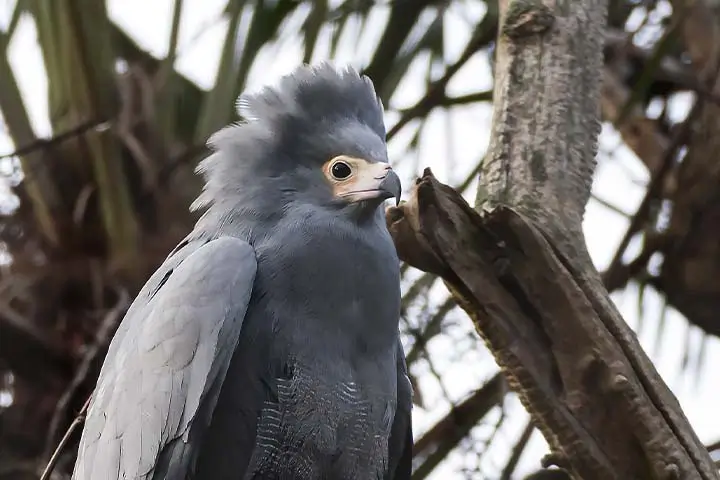
Bwindi is the Bird watchers haven as experienced bird watchers can identify up to 100 species in a day in Ruhija and Buhoma.
Read More
The Apoka Rest Camp and Park Headquarters overlooking the swallow, southern Narus Valley is a grand spot to start your Kidepo birding.
Read More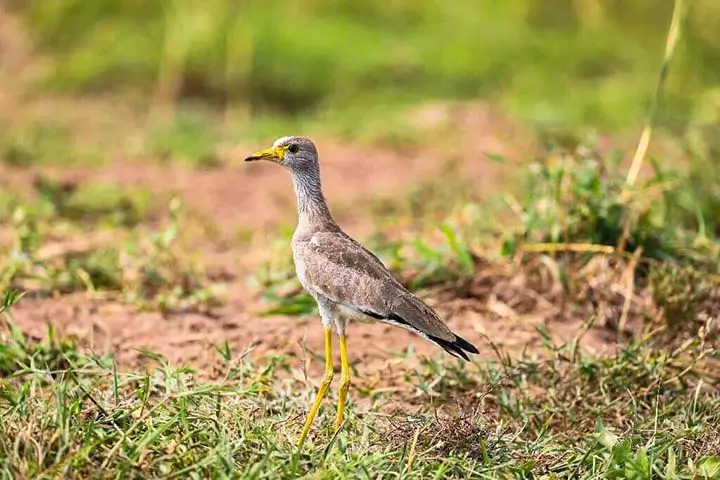
The best birding spots in the park include the swampy valleys of Warukiri and Miriti, and the roadsides between Rwonyo camp and the jetty. There are viewing platforms at the salt lick, in Miriti Valley, and in Rubanga Forest.
Read More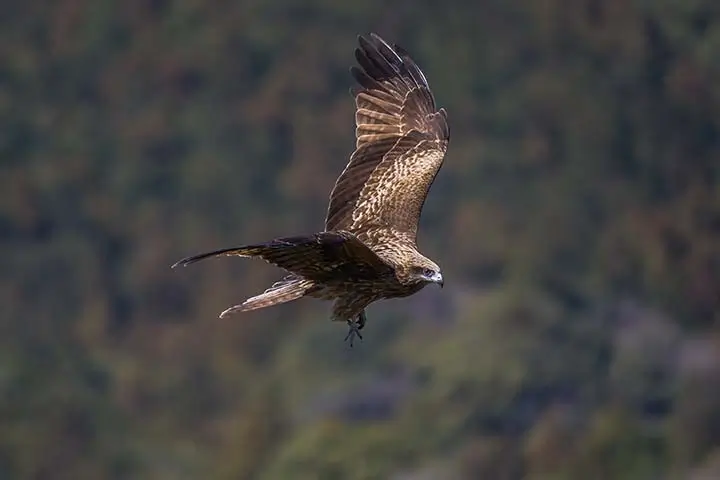
The Park is set apart with a unique bird fauna 79 bird species have been recorded within the park, including several species prevalent to the East Congo Montane region.
Read More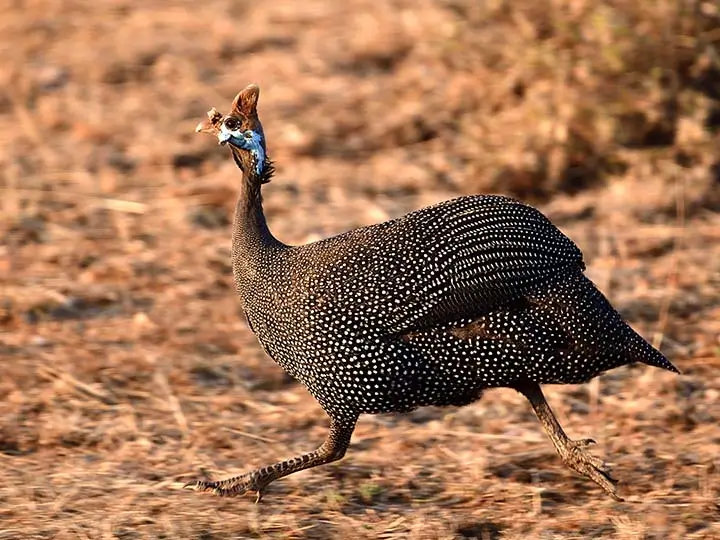
Excellent birding opportunities exist around Kapkwai Forest Exploration Centre, in particular in the secondary forest and thick shrub along the loop trails extended to cover Cheptui Falls.
Read More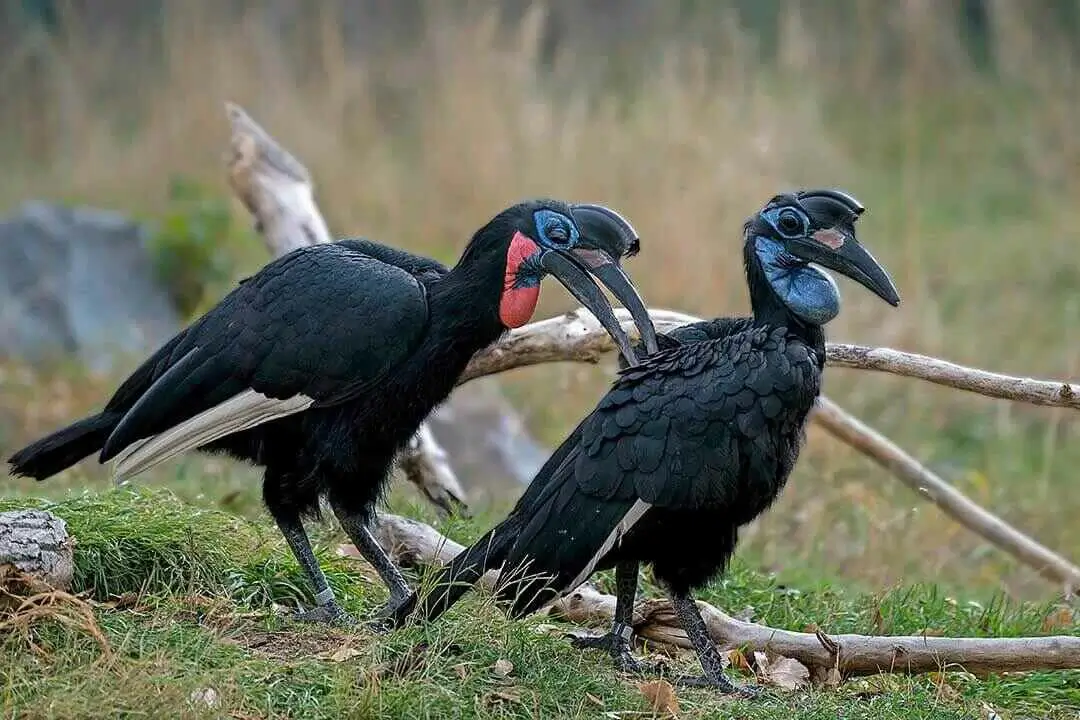
Over 500 bird species are known from the site. Falco naumanni is a passage migrant and Circus macrourus occurs on passage and in winter. Acacia woodland holds the largest known population of Agapornisfischeri, Parusfringillinus is resident and there have been recent records of Apaliskaramojae from Acacia drepanolobium woodland in the south-west of the site.
Read More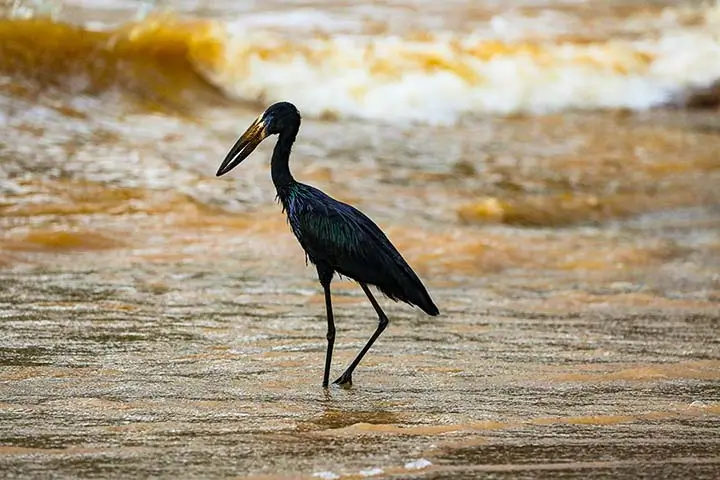
It has 611 recorded bird species in the Kazinga channel sanctuary which covers an area approximately 207kilometers.
Read More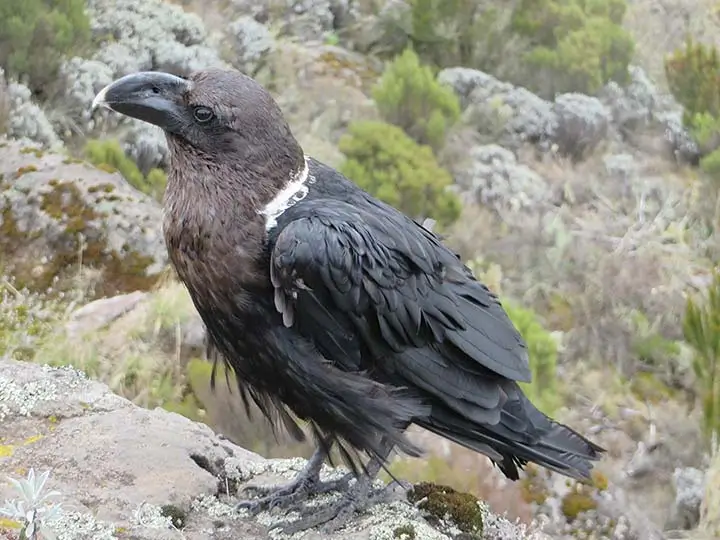
The park is one of the world's Endemic Bird Areas (EBA). There are up to 241 species of birds which is about 27% of Uganda's total. Close to 177 bird species live in the Afromontane forest and 19 species are endemic to the Albertine rift.
Read More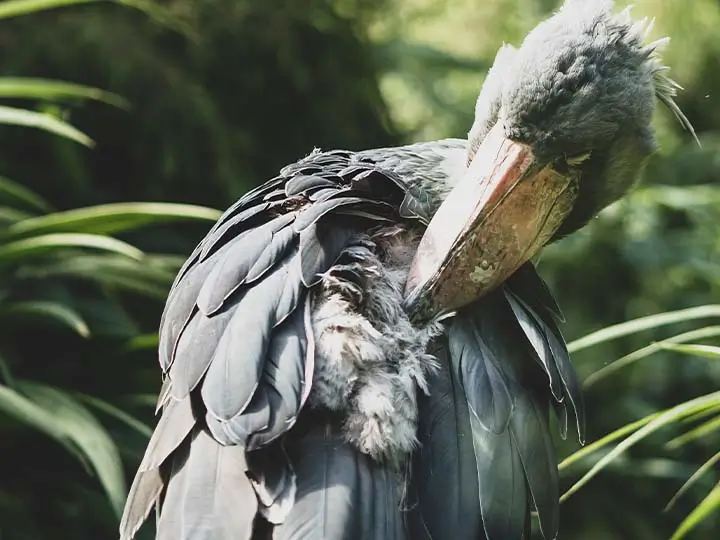
Birders who make it to Semuliki are always rewarded with some of Africa's best forest birding. Sempaya and Ntandi provide excellent viewing of the birds.
Read More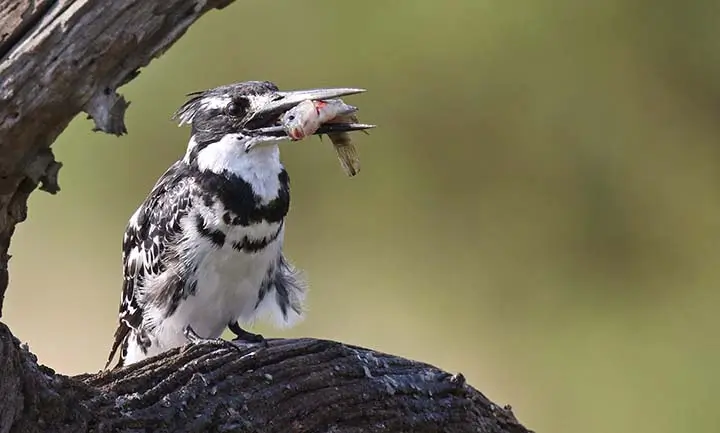
As compared to many other birding destinations within the country, This area of the lake has got over 200 bird species and some of these include;
Read More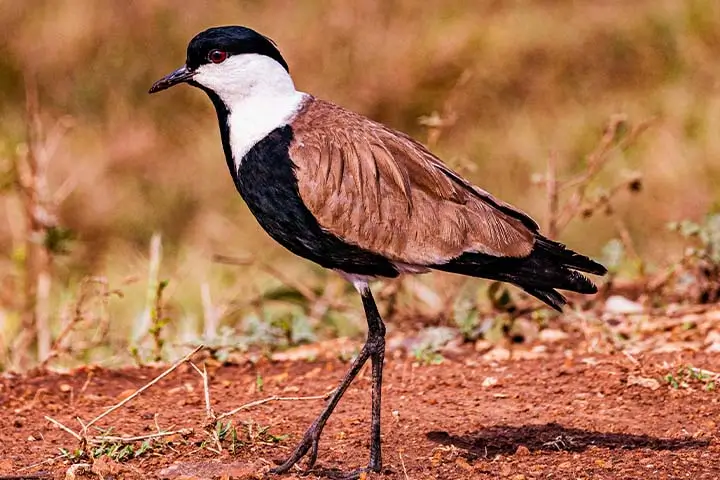
As compared to many other birding destinations within the Birding here is done near new Lutembe beach located on Entebbe road at Namulanda. The bay area has trees, marshlands, and shrubs. Early in the morning is the best time to get to Lutembe as there is a lot of bird activity.
Read More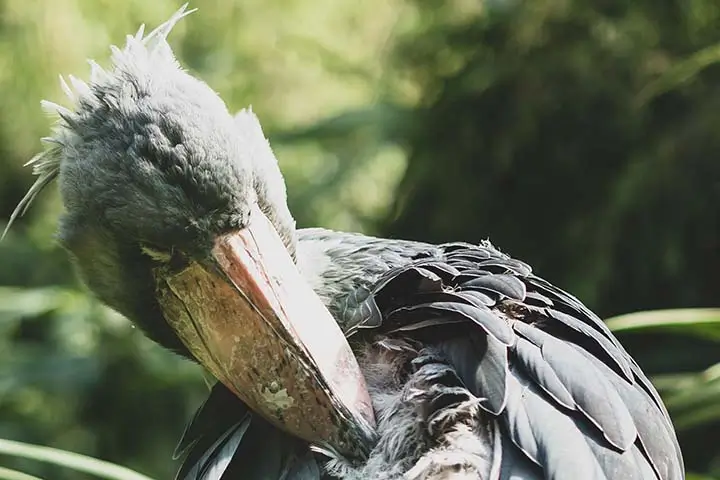
Located on the edge of Lake Victoria, Mabamba Bay Wetland is one of few places where the rare Shoebill Stork can be found. Mabamba Swamp is the most accessible and reliable with the best chances of seeing the Shoebill in Uganda.
Read More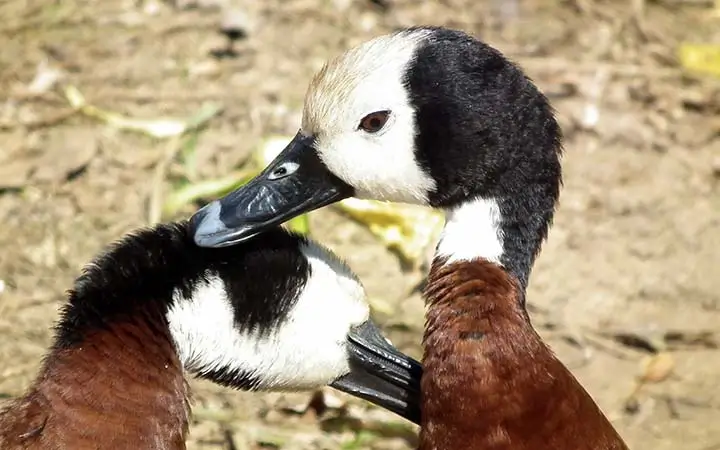
The Uganda Wild Life Authority has registered a reduction in bird species in Pian Upe, and Matheniko, Bokora game reserves due to the persistent drought that has dried up all water sources in the reserve.
Read More